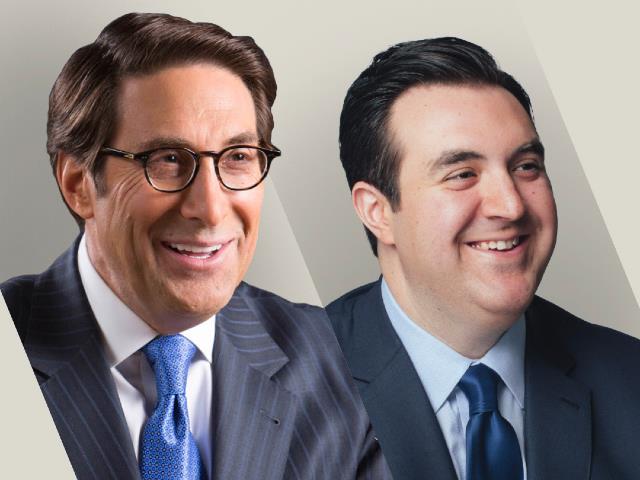Social Fitness: The Shifting Priority Among Millennials and Gen Z
News > Health News

Audio By Carbonatix
5:12 AM on Monday, April 8, 2024
By JayDee Vykoukal | Wealth of Geeks
Physical exercise strongly impacts health — in fact, a weekly allowance of 150 minutes of modest to vigorous physical exercise was found to reduce instances of many chronic diseases by 20%-30%, according to researchers from the Datta Meghe Institute of Medical Sciences, Wardha, India.
Gone are the days of strict diets and grueling workout routines for the sake of punishing the body. A thirty year long study conducted by the John W. Brick Foundation found 89% of people report mental health benefits from regular exercise.
Now, younger generations are shifting their focus to social fitness. They choose to center health and well-being around building a fulfilling community rather than focusing solely on individual fitness goals.
The Evolution of Gyms
Gyms first arrived on the fitness scene in the 1980s. They quickly garnered popularity among baby boomers and Generation X. These communal spaces became popular when physical fitness was associated with luxury. At one time, gyms were a status symbol and a place to bulk up muscle and stay thin.
Millennials and Generation Z are rapidly taking over gyms and fitness boutiques. They now number 80% of all health club members. This demographic shift has brought forth a fresh perspective on physical activity, emphasizing exercise’s social and mental aspects.
Generation Active Is Changing the Fitness Game
Traditional fitness goals — weight loss and six-pack abs — do not drive the workout goals of younger health club members. Instead, millennials and members of Gen Z seek something deeper: mental well-being.
Millennials, often hailed as the most health-conscious generation, have been dubbed Generation Active. The generation laid the foundation for mental health prioritization and wellness, dismantling taboos and associated stigmas. Interestingly, Gen Z follows suit, actively engaging in exercise focused on socialization to enhance their mental well-being.
New Age Group, New Mindset
Unlike previous generations, the focus has shifted from mere physicality to pursuing happiness; a fundamental mindset change in approaching health and fitness. This shift also extends to the perception of exercise as a whole. Rather than viewing it as a punitive or obligatory practice, the younger demographic perceives exercise as an enjoyable social experience that boosts endorphins and improves overall quality of life.
It’s time to reevaluate programming and messaging within the fitness industry. The change is challenging traditional notions that Generation Active was exposed to by their parents, particularly their guilt-ridden moms on strict diets and workout regimes.
The Necessary Change in Fitness Models
The rise of integrated, hybrid fitness and social clubs mirrors the blurring of work and personal life characteristics of millennials, with a distinct emphasis on community and connection. Gyms recognizing changing needs and trends will be able to retain and attract new members by providing a more comprehensive range of activities that cater to varied interests.
What Gym Goers Care About Most in 2024
Generation Active still enjoys regular gym time but finds the most value in group fitness classes, such as dance, yoga, and Pilates. This preference explains why boutique studios have grown by 121% over the past five years. In particular, there’s a surge of interest in low-impact activities that allow individuals to unplug from daily life and technology.
Outside the gym, people embrace home workouts with a community focus. They love to engage in virtual fitness classes and join online communities to stay connected and accountable while exercising from their living rooms.
Finally, instructors play a critical role in shaping the fitness experience. A substantial percentage of respondents cite the instructor as the primary factor influencing their choice to attend group workouts. Ultimately, they are looking for a quality instructor with whom they have a personal connection and who creates a positive, social workout environment.
With a decline in traditional gym models, who will survive?
Gyms Stay Relevant in the Digital Age
As digital natives, millennials, and Gen Z naturally gravitate toward technologically integrated fitness solutions. The expectation for a seamless live, virtual, and at-home exercise experience forces clubs to extend their reach beyond physical gatherings. Many now offer a comprehensive fitness journey that transcends traditional boundaries.
Additionally, the widespread presence of these age groups on platforms like TikTok finds facilities creating aesthetically pleasing environments with upbeat songs, conducive to social media sharing. The correct lighting, design, and music inspires a community spirit far beyond the walls of physical fitness spaces, amplifying the club’s online presence and appeal.
New Generational Habits Will Shape the Fitness Industry
Millennials and Gen Z’s emerge as dominant forces within the health and fitness landscape. It’s a transformative era characterized by a profound emphasis on socializing, mental well-being, and community-centric fitness experiences. These habit changes are crucial at a time when relying on technology leaves people more disconnected than ever.
The future looks bright as this demographic continues to prioritize their well-being and actively seeks holistic approaches to health and fitness.
This article was produced by Media Decision and syndicated by Wealth of Geeks.







